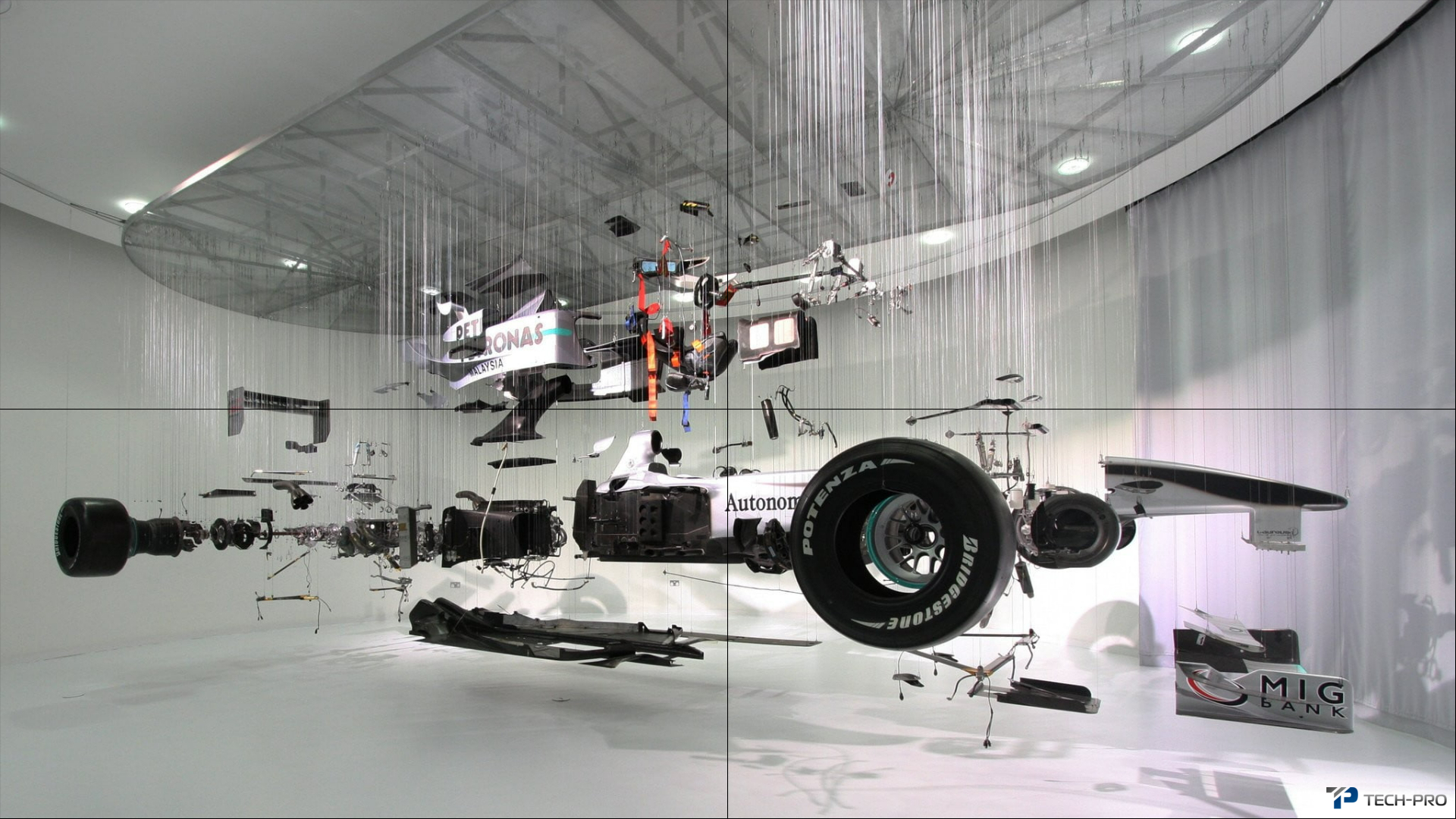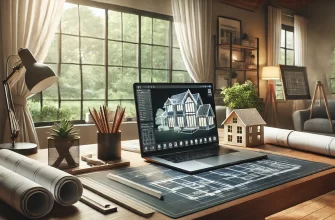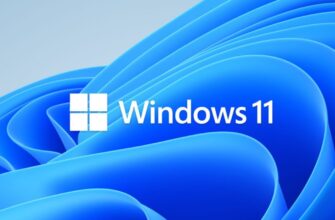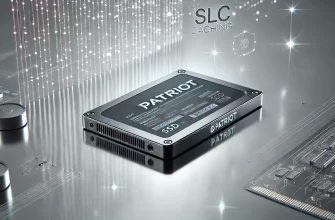 Seamless video walls (LCD) – these are special designs of several liquid crystal monitors, which are connected to each other like this, that form a single large screen without visible joints. They are used to display different types of information, advertising, presentations, entertainment and other purposes. You can purchase video walls here https://tech-pro.com.ua/catalog/videosteny/, and in this article we will talk about pthe principle of their work and features, and advantages and disadvantages.
Seamless video walls (LCD) – these are special designs of several liquid crystal monitors, which are connected to each other like this, that form a single large screen without visible joints. They are used to display different types of information, advertising, presentations, entertainment and other purposes. You can purchase video walls here https://tech-pro.com.ua/catalog/videosteny/, and in this article we will talk about pthe principle of their work and features, and advantages and disadvantages.
Operating principle and features of video walls
Seamless video walls (LCD) consist of several monitors and are connected to a special controller, which processes and distributes the incoming video signal across all monitors. The controller is also responsible for brightness adjustment, contrast, colors and other image parameters, to ensure uniformity and display quality. Monitors have very thin bezels, which are practically invisible from a distance, so the video wall looks like one big screen.
Seamless video walls (LCD) have a number of features, which distinguish them from other types of video walls:
- High resolution and image clarity, achieved through the use of liquid crystal matrices with high pixel density
- Wide viewing angle and vibrant colors, provided through the use of IPS technology (In-Plane Switching), which improves image quality at different viewing angles
- Low power consumption and long service life, achieved through the use of LED backlighting, which is economical and durable
- Flexibility and scalability, achieved through the ability to connect monitors in different configurations and sizes, depending on needs and conditions
Advantages and disadvantages of seamless video walls (LCD) compared to other types of video walls
Seamless video walls (LCD) have a number of advantages compared to other types of video walls, such as a video projector, plasma panels, LED screens and others. Among them we can highlight:
- no visible joints between monitors, which may interfere with the perception of the image and reduce the aesthetic effect;
- no need for additional space for installation and maintenance, since the video wall can be attached to the wall or ceiling, without taking up floor space;
- no influence of ambient lighting on image quality, since the video wall has high brightness and contrast, independent of light level;
- no need for regular calibration and adjustment, since the video wall has an automatic image correction and matching system.
However, video walls are seamless (LCD) also have some disadvantages:
- high cost and complexity of installation and connection, requires a special controller https://tech-pro.com.ua/catalog/videosteny/kontrollery-dlya-videosten/, cable, fastenings and other equipment;
- high sensitivity to damage and contamination, panel consists of several monitors, which can be damaged mechanically, thermally, chemically or otherwise;
- low versatility and compatibility, Can only work with certain video formats and sources, which must be coordinated with the controller and monitors.
Applications
Seamless video walls (LCD) have a wide range of applications and use cases, depending on goals and objectives, which they must decide. Among them are:
- Advertising and marketing – can serve to attract attention and increase interest in the product, services, brand or company, and also to demonstrate the benefits, characteristics, reviews and other information.
- Education and science – for displaying educational and scientific materials, such as lectures, presentations, graphs, graphics, scheme, video and others.
- Entertainment and art – to create an atmosphere, as well as for displaying entertainment and artistic materials, such as movies, music, games, animation, painting and others.
- Security and control – a video wall can be used to monitor and control various processes, systems, objects and situations, as well as for displaying operational and statistical information, such as surveillance cameras, sensors, signals, data and others.
Seamless video walls (LCD) – this is a modern and effective solution for demonstrating various types of information on a large screen without visible joints.












